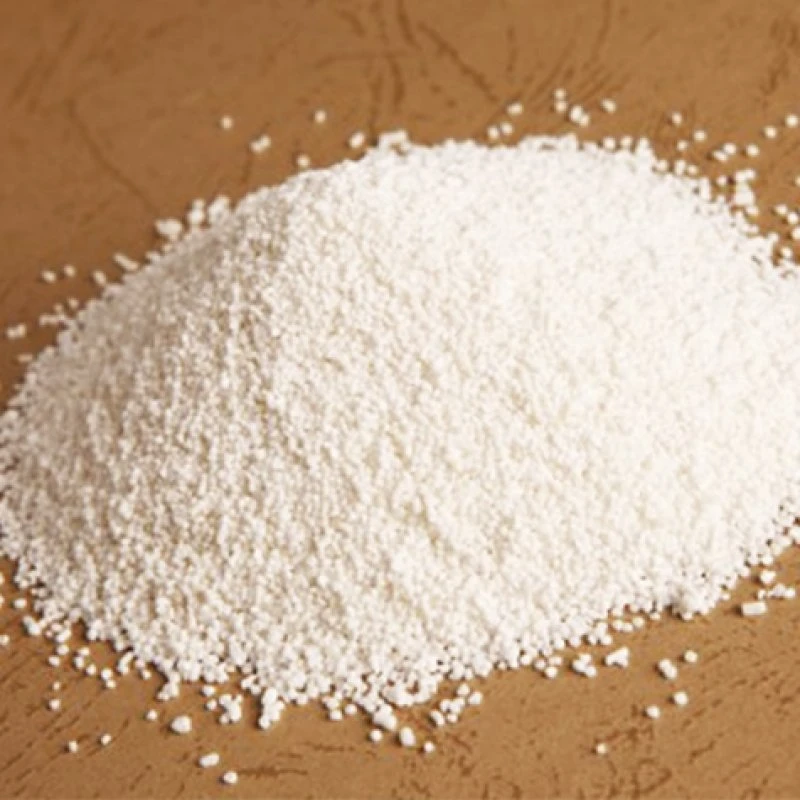



Polyacrylamide Gel Electrophoresis with SDS for Protein Separation Techniques
The Importance of Polyacrylamide and SDS in Biochemical Research
Polyacrylamide gel electrophoresis (PAGE) is a widely-used technique in molecular biology and biochemistry for the separation of proteins and nucleic acids. At the heart of this technique is polyacrylamide, a synthetic polymer that provides a stable and versatile medium for the migration of biomolecules. When combined with sodium dodecyl sulfate (SDS), a detergent, polyacrylamide becomes even more powerful in protein analysis, particularly for determining molecular weights and assessing protein purity.
Understanding Polyacrylamide
Polyacrylamide is derived from the monomer acrylamide, which can polymerize to form a gel-like substance. The key advantages of polyacrylamide are its tunable pore size, biocompatibility, and ability to form gels with controlled properties. These characteristics allow researchers to optimize the gel matrix based on the size of the molecules of interest. The concentration of polyacrylamide in the gel can be adjusted from 5% to 20% depending on whether small or large proteins are being analyzed. Lower percentages are ideal for separating larger proteins, while higher percentages resolve smaller proteins more effectively.
The Role of SDS
Sodium dodecyl sulfate (SDS) is an anionic detergents known for its ability to denature proteins, imparting a negative charge proportional to the protein's length. When proteins are subjected to SDS, they unfold, which disrupts any secondary and tertiary structures. This denaturation results in the proteins becoming linear chains and allows them to be separated purely based on their molecular weight during electrophoresis.
The inclusion of SDS in the polyacrylamide gel process has transformed the analysis of proteins. The presence of SDS ensures that all proteins migrate towards the anode during electrophoresis, regardless of their native charge. As proteins move through the polyacrylamide matrix, larger proteins encounter more resistance, causing them to travel slower than smaller proteins. This separation method, known as SDS-PAGE, relies on the size of the proteins rather than their charge or conformation, providing a straightforward approach for analyzing protein mixtures.
polyacrylamide sds

SDS-PAGE and Its Applications
SDS-PAGE has become an essential tool in many areas of molecular biology, including protein purification, characterization, and quantification. Researchers commonly use SDS-PAGE to verify the purity of recombinant proteins, assess their size, and evaluate post-translational modifications. By comparing the migration of a sample protein to that of a standard protein ladder, researchers can estimate the molecular weight of their proteins.
In addition to basic research, SDS-PAGE plays a critical role in clinical diagnostics and biotechnology. For instance, it is utilized in the development of therapeutic proteins, where understanding the protein's size, purity, and structure is vital for ensuring safety and efficacy. Furthermore, SDS-PAGE is also used in forensics for DNA profiling, protein isoform analysis, and antibody characterization.
Considerations and Limitations
While SDS-PAGE is a powerful technique, it is not without limitations. One major drawback is that the denaturation of proteins means that it cannot be used to study the native state of proteins or their functional properties. Additionally, the technique relies heavily on proper gel composition and electrophoresis conditions; slight variations can lead to inconsistent results. Furthermore, the use of SDS may not be suitable for all proteins, especially those that are sensitive to denaturing conditions.
Conclusion
In conclusion, the combination of polyacrylamide and SDS has revolutionized protein analysis, providing a reliable method for separating and characterizing proteins based on their molecular weight. This powerful technique continues to serve as a foundational tool in molecular biology, biotechnology, and clinical research, driving advancements in our understanding of proteins and their roles in biological systems. Given the ongoing developments in protein science, the fundamental principles of polyacrylamide and SDS will undoubtedly remain relevant for years to come, aiding researchers in their quest to unlock the complexities of life at the molecular level.
-
Why Sodium Persulfate Is Everywhere NowNewsJul.07,2025
-
Why Polyacrylamide Is in High DemandNewsJul.07,2025
-
Understanding Paint Chemicals and Their ApplicationsNewsJul.07,2025
-
Smart Use Of Mining ChemicalsNewsJul.07,2025
-
Practical Uses of Potassium MonopersulfateNewsJul.07,2025
-
Agrochemicals In Real FarmingNewsJul.07,2025
-
Sodium Chlorite Hot UsesNewsJul.01,2025










